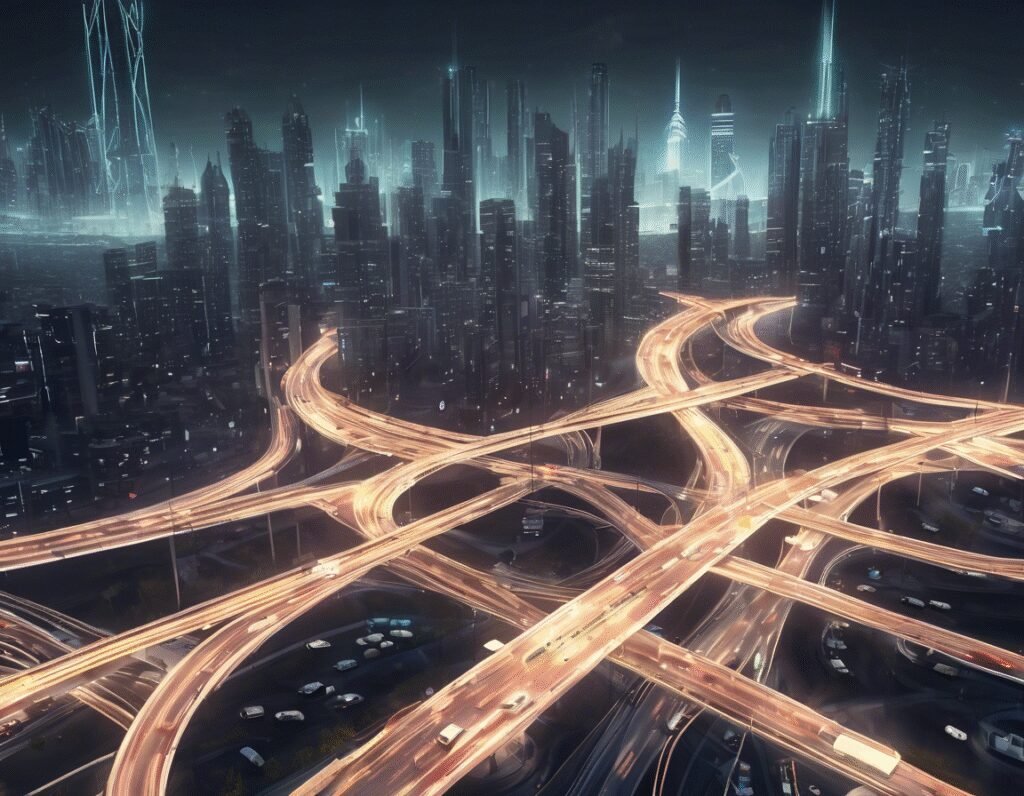Shah Muhammad, the head of AI Innovation at Sweco, a leading design and engineering firm, shares his vision on how artificial intelligence is reshaping urban landscapes. If you have ever been trapped in gridlock or questioned the efficiency of city infrastructure, AI might hold the answers to building smarter, more sustainable cities.
Cities are complex ecosystems where transportation, energy, and public services must work in harmony. Traditional urban planning relies on historical data and manual analysis, often leading to inefficiencies. AI changes this by processing vast amounts of real-time data to optimize everything from traffic flow to energy consumption.
One key application is traffic management. AI-powered systems analyze live traffic patterns, adjusting signals dynamically to reduce congestion. Predictive models can anticipate bottlenecks before they form, rerouting vehicles seamlessly. This not only cuts travel time but also lowers emissions, contributing to greener cities.
Beyond transportation, AI enhances urban design. Machine learning algorithms evaluate building layouts, materials, and energy usage to create structures that are both functional and sustainable. Smart buildings equipped with AI can adjust lighting, heating, and cooling based on occupancy, drastically cutting energy waste.
Another area where AI excels is in disaster resilience. By simulating scenarios like floods or earthquakes, AI helps planners design infrastructure that can withstand extreme conditions. Early warning systems powered by AI can alert residents and authorities before disasters strike, saving lives and reducing damage.
Public services also benefit from AI integration. Waste management systems use sensors and AI to optimize collection routes, reducing costs and environmental impact. Similarly, AI-driven surveillance can improve public safety by detecting anomalies and alerting authorities in real time.
However, deploying AI in urban planning is not without challenges. Data privacy concerns must be addressed, ensuring that smart city initiatives do not compromise citizen rights. Additionally, cities must invest in digital infrastructure to support AI systems, which can be costly.
Despite these hurdles, the potential of AI in urban development is undeniable. As Shah Muhammad highlights, the fusion of AI and city planning is not just about efficiency—it’s about creating livable, future-proof spaces for generations to come. The cities of tomorrow will be built on data, algorithms, and human ingenuity, paving the way for a smarter, more connected world.


